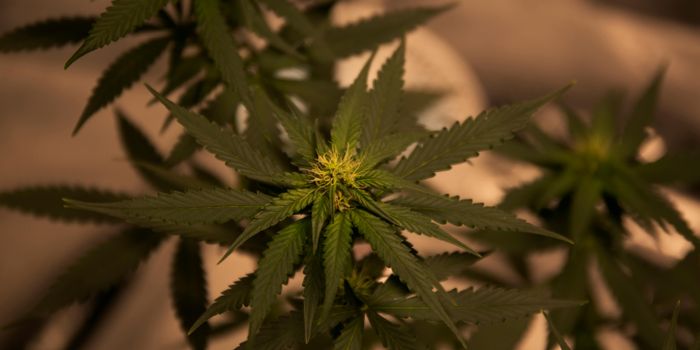Illegal Great Ape Trade is More Widespread Than We Realize
When you make things illegal, people will almost always find ways to smuggle it behind closed doors so the law can’t see what’s going on. The same proves to be true when you’re dealing with animal laws, and has been observed in illegal great ape trade around the world.
The illegal trade of great apes is alarmingly much more prevalent than modern record-keeping will have you know. Part of the reason is because records are only kept on international trade in many countries, so when trade occurs inside the borders of countries where it’s illegal, you never really hear about it.

New data from the Ape Seizure Database, which was the work of the Great Apes Survival Partnership (GRASP), reveals just how many great ape smuggling attempts go unchecked.
The database was launched on the 29th of September at the Convention on International Trade in Endangered Species (CITES) and some of the records that have been posted inside the database go back to the year 2005.
Unlawful situations had led to law enforcement seizing apes from illegal trade in up to 23 countries, which adds up to around 1,800 seizures in total. According to GRASP, much of those occurred in Asia, Europe, and the Middle East. 90% of those slipped under the radar of modern statistics, as they occurred within their country’s borders.
“Any illegal trade in great apes — whether it crosses international borders or not — needs to be considered a very real threat to the survival of these endangered species,” said UN Environment executive director Erik Solheim.
“I visited Borneo recently and saw for myself the incredible pressure orangutans are under from habitat loss, and African apes are equally stressed. Illegal trade can only push them all that much closer to extinction, and it needs to be stopped.”
At the top of the list of desirables in illegal great ape trade are orangutans, which make up 67% of the total figure. Chimpanzees make up 24% in second place, followed by gorillas and bonobos making up the rest of the missing figures.
To make matters worse, it’s believed that less than 10% of illegal smuggling is ever actually caught and seized, which means the problem is very much widespread and affects the well-being of these animals. Others die when hunted or during transit, which also drops the figure in terms of numbers.
“For too long, the illegal trade in great apes was anecdotal, and therefore difficult to judge in terms of scale and scope,” said Doug Cress, program coordinator of GRASP. “But with the Apes Seizure Database, the numbers are plain to see. We can It doesn’t take long to identify areas of concern in Africa or Asia, or recognize that critically endangered species are in extreme danger.”
It doesn’t take a rocket scientist to see that we have to do something to protect these animal species. Whether it’s going to mean implementing harsher laws that make the hunt not worth the struggle, or improvements to cracking down on smuggling, it’s important to enforce conservation efforts to reduce the impact of illegal activity on the number of great apes that are still in the wild.
Source: GRASP








